Home>Ideas and Tips>Backyard Water Feature Construction for Soothing Garden Additions
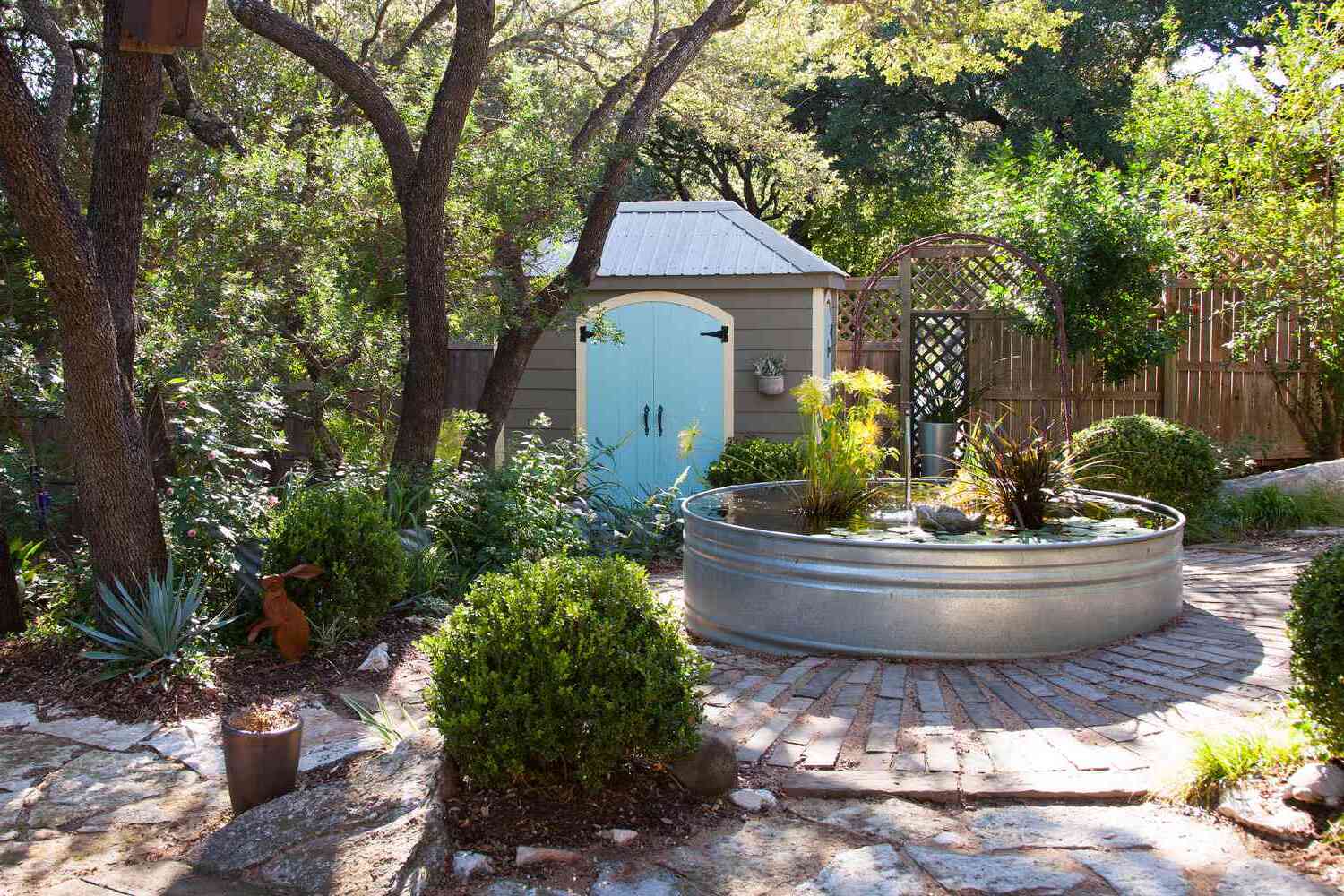

Ideas and Tips
Backyard Water Feature Construction for Soothing Garden Additions
Published: September 1, 2024
Enhance your garden with a soothing backyard water feature. Learn step-by-step construction tips for fountains, waterfalls, and ponds.
(Many of the links in this article redirect to a specific reviewed product. Your purchase of these products through affiliate links helps to generate commission for Storables.com, at no extra cost. Learn more)
Creating a backyard water feature is an excellent way to enhance your outdoor space, adding both aesthetic appeal and a soothing ambiance. Whether you're looking to build a simple fountain or a more complex waterfall, this article will guide you through the process, providing detailed steps and tips for constructing a beautiful and low-maintenance water feature.
Introduction
Backyard water features have long been a staple of garden design, offering more than just visual appeal. They create a sense of tranquility and can even increase the value of your property. From the gentle gurgle of a fountain to the majestic flow of a waterfall, these features can transform your outdoor space into a serene oasis.
Benefits of Backyard Water Features
- Aesthetic Appeal: Water features can add a touch of elegance and sophistication to your garden, making it a more inviting and beautiful place to spend time.
- Serenity: The sound of running water is known to be calming and can help reduce stress levels.
- Increased Property Value: Well-designed water features can significantly enhance the appeal of your property, potentially increasing its value.
- Biodiversity: Depending on the type of feature you choose, you can attract birds, insects, and other wildlife, adding to the biodiversity of your garden.
Choosing the Right Water Feature
Before you start building, it's essential to decide on the type of water feature that best suits your needs and space. Here are some popular options:
-
Fountains:
- Fountains are simple yet elegant. They come in various sizes and styles, from small tabletop fountains to large stone fountains.
- They are relatively easy to install and require minimal maintenance.
-
Waterfalls:
- Waterfalls create a dramatic effect and can be more complex to build.
- They often involve a reservoir or pond and may require additional landscaping.
-
Ponds:
- Ponds are ideal for those who want to create a naturalistic environment.
- They can be used for Koi fish or other aquatic life, adding another layer of interest.
-
Rain Curtains:
- Rain curtains are a unique and modern option.
- They involve a series of small water jets that create a cascading effect.
Tools and Materials Needed
The tools and materials required will vary depending on the type of water feature you're building. Here are some common items:
Tools
- 4-in-1 Screwdriver: For assembling and disassembling parts.
- Caulk Gun: For sealing joints.
- Cordless Drill: For drilling holes in stones or other materials.
- Drill Bit Set: For various drilling tasks.
- Dust Mask: For protecting yourself from dust while digging.
- Garden Rake: For leveling the ground and removing debris.
- Hearing Protection: For protecting your ears from loud noises.
- Safety Glasses: For protecting your eyes from debris.
- Spade: For digging holes.
- Tape Measure: For measuring dimensions accurately.
- Utility Knife: For cutting materials like carpeting or liner pads.
- Wheelbarrow: For transporting heavy materials like stones or gravel.
Materials
- Smooth Round Stones: For building fountains or waterfalls (about 1000 pounds for large fountains).
- Elbow Fittings: For directing water flow in fountains or waterfalls.
- Male Adapters: For connecting hoses to pumps.
- Indoor/Outdoor Carpeting: For lining the bottom of the reservoir (or any other old carpeting you may have on hand).
- Boulders: For creating natural-looking reservoirs or ponds.
- Corrugated Pond Tubing: For directing water flow in ponds or waterfalls.
- Five-Gallon Pails with Lids: For creating reservoirs in fountains or waterfalls.
- Garden Hose: For connecting pumps to water sources.
- Pea Gravel: For lining the bottom of reservoirs to prevent punctures.
- Pond Liner Padding: For protecting waterproof liners from punctures.
- Pump: For circulating water in fountains or waterfalls.
- Silicone Caulk: For sealing joints around stones or other materials.
- Spray Paint: For painting decorative elements like rocks or stones.
- Tubing Clamps: For securing corrugated pond tubing in place.
- Waterproof Liner: For lining reservoirs or ponds to prevent leaks.
Step-by-Step Guide to Building a Low-Maintenance Water Feature
Step 1: Planning and Design
Before you start digging, it's crucial to plan and design your water feature carefully. Consider the following factors:
- Space: Ensure you have enough space for your water feature without overcrowding your garden.
- Slope: Choose an area with minimal slope to prevent uneven water flow.
- Drainage: Make sure there is proper drainage in your garden to avoid water accumulation.
Example: DIY Rock Water Fountain
To build a low-maintenance rock water fountain, follow these steps:
-
Dig Out the Fountain:
- Dig a hole for the reservoir, ensuring it is six inches deeper than the pail height and six inches deep overall.
- Roughly assemble your fountain and other decorative large stones, clustering the five-gallon pails to locate the deep end of the basin.
- Dig the deeper part of the hole with steep sides and a flat bottom to leave plenty of room for the pails.
-
Insert the Carpet and Liner Pad:
- Lay old carpeting in the bottom of the hole.
- Lay in the liner pad, folding it to follow the contours of the hole.
-
Place the Liner in the Hole:
- Unfold the liner and center it over the hole.
- Push it into recesses and pleat it wherever necessary to fit against the sides of the hole.
-
Drill Holes in the Buckets and Set Them in Place:
- Drill four columns of 1/2-in. holes around the middle and near the bottom and top of each pail.
- Snap on the lids and rest the pails in the hole.
-
Line with Liner Pad:
- Lay indoor/outdoor carpeting beneath the padding to further protect the liner, especially where the pails and heavy stones will sit.
- Line the entire hole with the liner pad, cutting it to fit the contours better if necessary.
-
Cut Off Rim from Bucket:
- Cut off the rim from one of the pump pails.
- Cut and fold down a 1-1/2-in.-wide x 2-in. flap at the top.
-
Assemble Pump System:
- Connect the pump to the hose and attach it to one of the pails.
- Direct water flow through the stone using elbow fittings and male adapters.
-
Add Decorative Elements:
- Place pea gravel around the reservoir for drainage.
- Add decorative stones or boulders around the fountain for aesthetic appeal.
Step 2: Building the Reservoir
The reservoir is the heart of your water feature, where water collects before recirculating. Here’s how you can build one:
-
Digging the Hole:
- Use a spade to dig a hole that is deep enough for your reservoir, ensuring it has steep sides and a flat bottom.
-
Lining with Liner Pad:
- Lay down old carpeting at the bottom of the hole.
- Place the liner pad over it, folding it to fit against the sides of the hole.
-
Securing Liner Pad:
- Use utility knife to cut any excess liner pad material.
- Ensure there are no large voids between soil and pad by smoothing out folds.
-
Adding Pails:
- Drill holes in each pail for water circulation.
- Snap lids onto pails and place them in the hole, ensuring they are evenly spaced.
-
Connecting Pump System:
- Connect hoses from pump to each pail.
- Direct water flow through stones using elbow fittings and male adapters.
-
Adding Decorative Elements:
- Place pea gravel around reservoir for drainage.
- Add decorative stones or boulders around reservoir for aesthetic appeal.
Step 3: Installing Pump and Plumbing
The pump is what keeps your water feature running smoothly. Here’s how you can install it:
-
Choosing Pump Location:
- Place pump near reservoir but ensure it’s not submerged in water.
-
Connecting Hoses:
- Attach garden hose from pump source (e.g., outdoor faucet) to pump inlet.
- Connect other end of hose directly into one of five-gallon pails.
-
Directing Water Flow:
- Use elbow fittings and male adapters to direct water flow through stones or other decorative elements.
-
Securing Tubing Clamps:
- Clamp corrugated pond tubing securely around fittings using tubing clamps.
-
Testing System:
- Turn on pump and check for leaks or improper water flow direction.
Step 4: Adding Final Touches
Once your water feature is built and functioning properly, it’s time to add some final touches:
-
Decorative Painting:
- Use spray paint on decorative elements like rocks or stones for added color and personality.
-
Landscaping Around Feature:
- Plant flowers or shrubs around feature for added beauty and biodiversity.
-
Maintenance Tips:
- Regularly check for debris accumulation around feature by cleaning out any leaves or twigs that may clog pipes.
- Ensure proper drainage by checking slope levels regularly.
Tips for Low Maintenance
While building a water feature can be rewarding, maintaining it requires minimal effort if done correctly:
-
Regular Cleaning:
- Clean out debris accumulation around feature regularly using garden rake or small brush.
-
Check for Leaks:
- Regularly inspect pipes and fittings for signs of leaks which could lead to water loss over time.
-
Monitor Water Level:
- Ensure water level remains consistent by checking reservoir regularly especially during dry spells when evaporation rates increase significantly.
-
Avoid Overcrowding Plants Around Feature:
- Keep plants around feature sparse enough not overcrowd pipes causing clogs due excessive root growth over time leading potential damage system components requiring costly repairs down line otherwise neglected properly maintained regularly basis accordingly recommended guidelines provided above sections discussed earlier detail oriented manner possible ensuring longevity lifespan overall performance efficiency long term basis moving forward ahead future endeavors alike!
Conclusion
Creating a backyard water feature is an excellent way enhance outdoor space adding both aesthetic appeal serenity simultaneously Whether building simple fountain complex waterfall following steps outlined above sections discussed earlier detail oriented manner possible ensuring longevity lifespan overall performance efficiency long term basis moving forward ahead future endeavors alike Remember always plan design carefully considering factors space slope drainage beforehand ensuring successful outcome desired result achieved end goal mind set approach taken throughout entire process involved constructing beautiful functional piece artistry craftsmanship displayed proudly displayed yard years come enjoy relaxation tranquility provided by soothing sounds running waters creating peaceful haven midst bustling world around us today tomorrow beyond imagination limits possibilities endless horizons await discovery exploration adventure awaits those willing take leap faith embark journey discovery self others alike!
By following these steps and tips outlined above sections discussed earlier detail oriented manner possible ensuring longevity lifespan overall performance efficiency long term basis moving forward ahead future endeavors alike You'll be well on your way creating stunning backyard water feature that enhances beauty serenity simultaneously providing years enjoyment relaxation tranquility provided by soothing sounds running waters creating peaceful haven midst bustling world around us today tomorrow beyond imagination limits possibilities endless horizons await discovery exploration adventure awaits those willing take leap faith embark journey discovery self others alike
Was this page helpful?
At Storables.com, we guarantee accurate and reliable information. Our content, validated by Expert Board Contributors, is crafted following stringent Editorial Policies. We're committed to providing you with well-researched, expert-backed insights for all your informational needs.
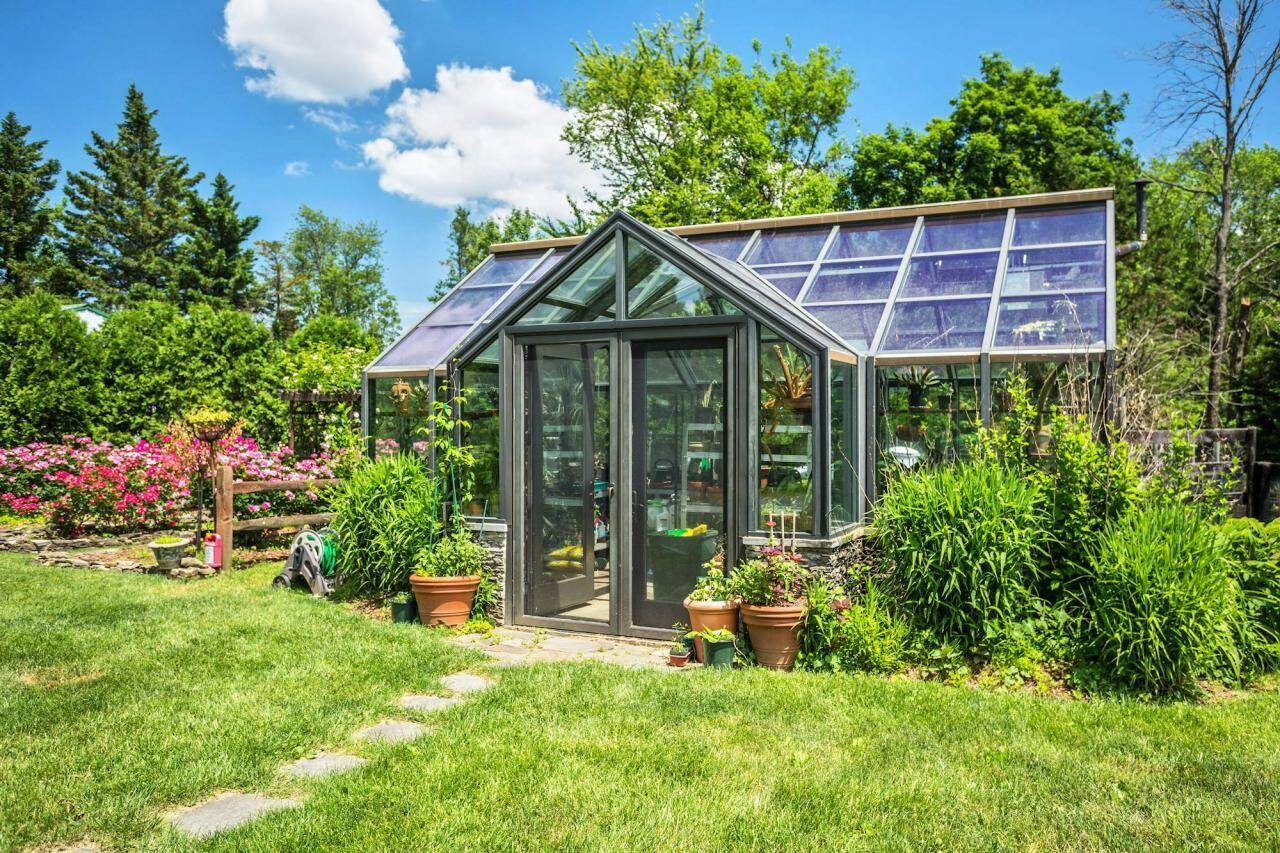
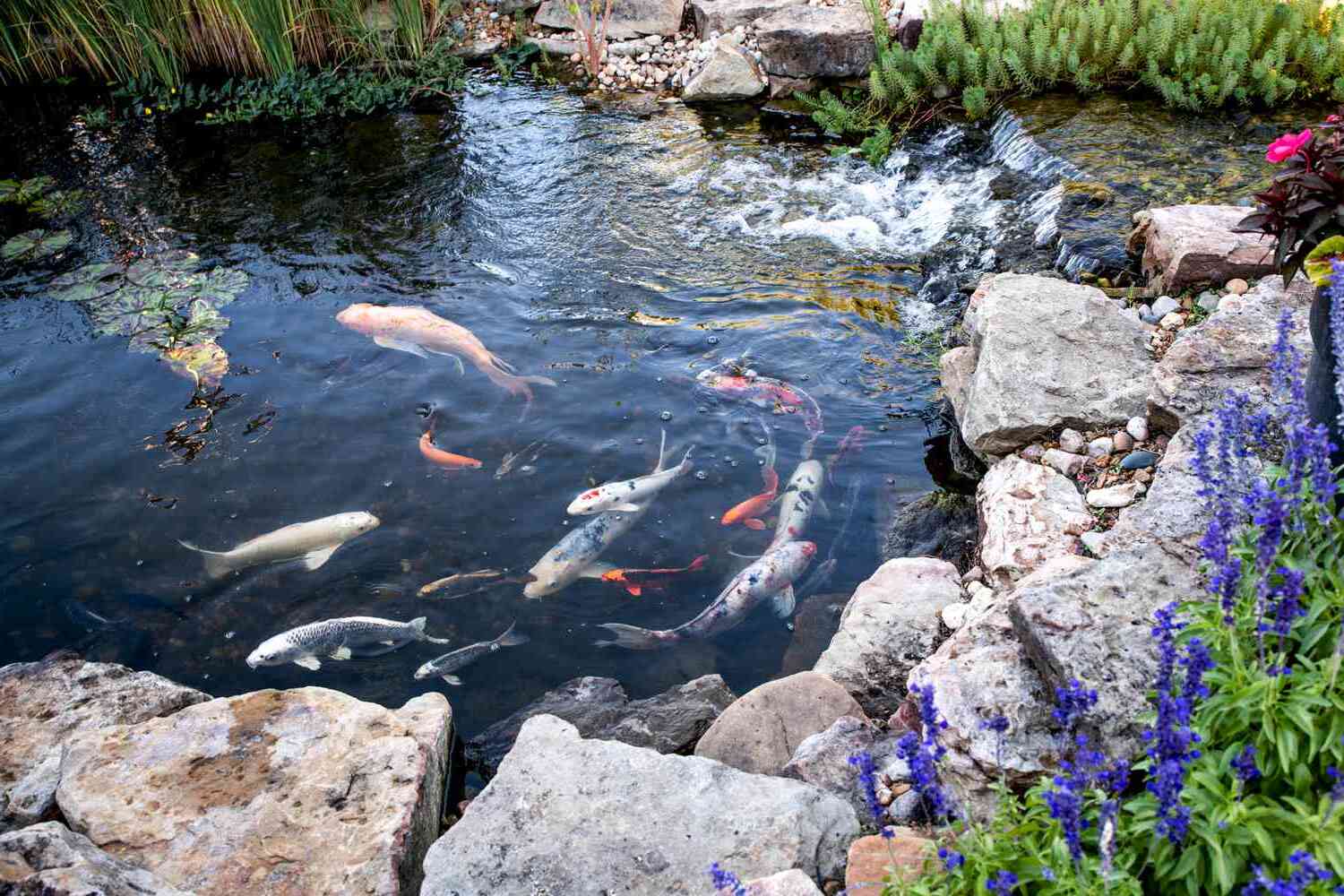
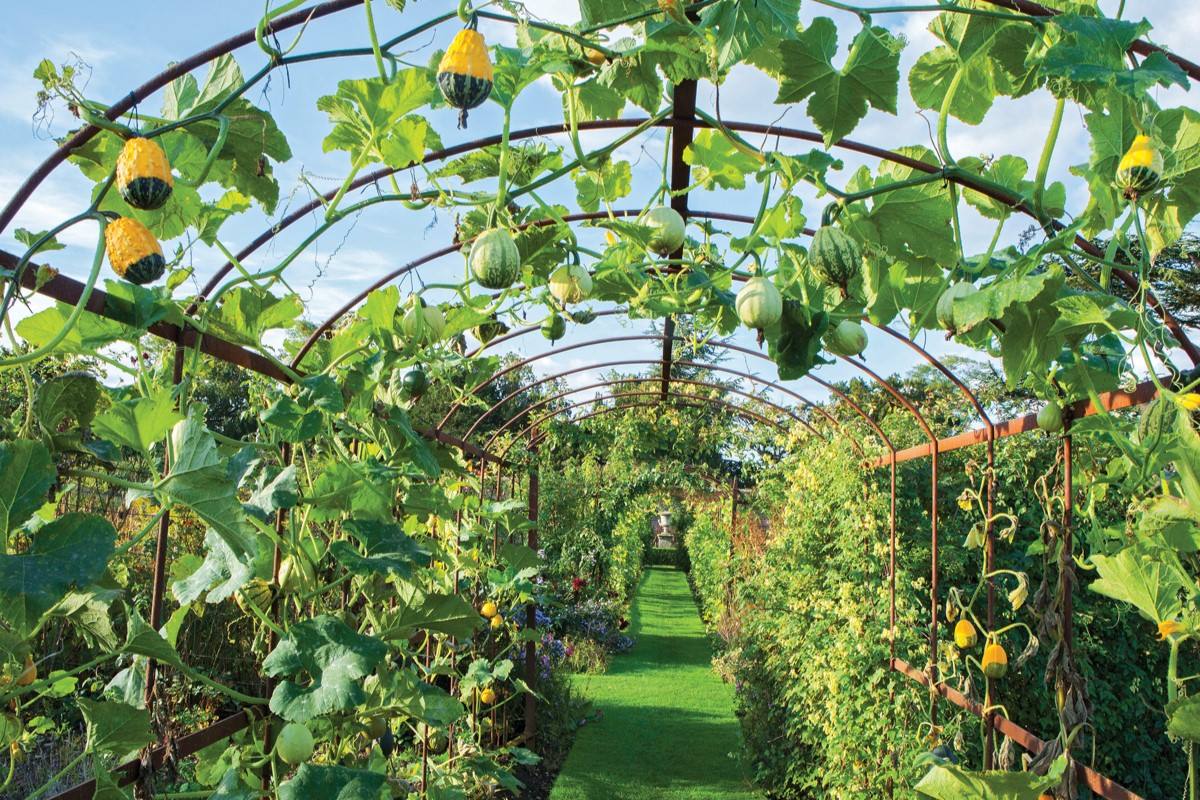
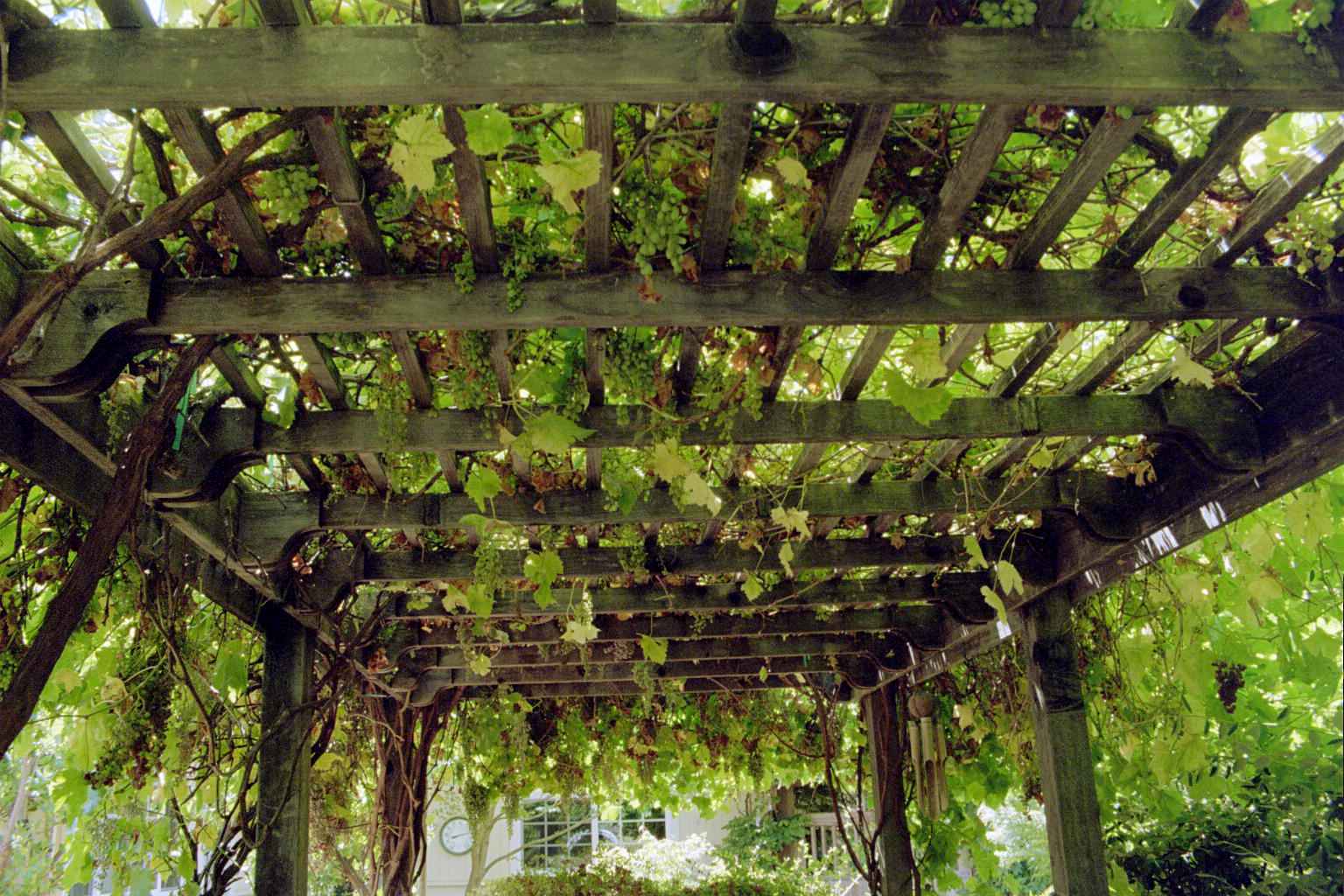
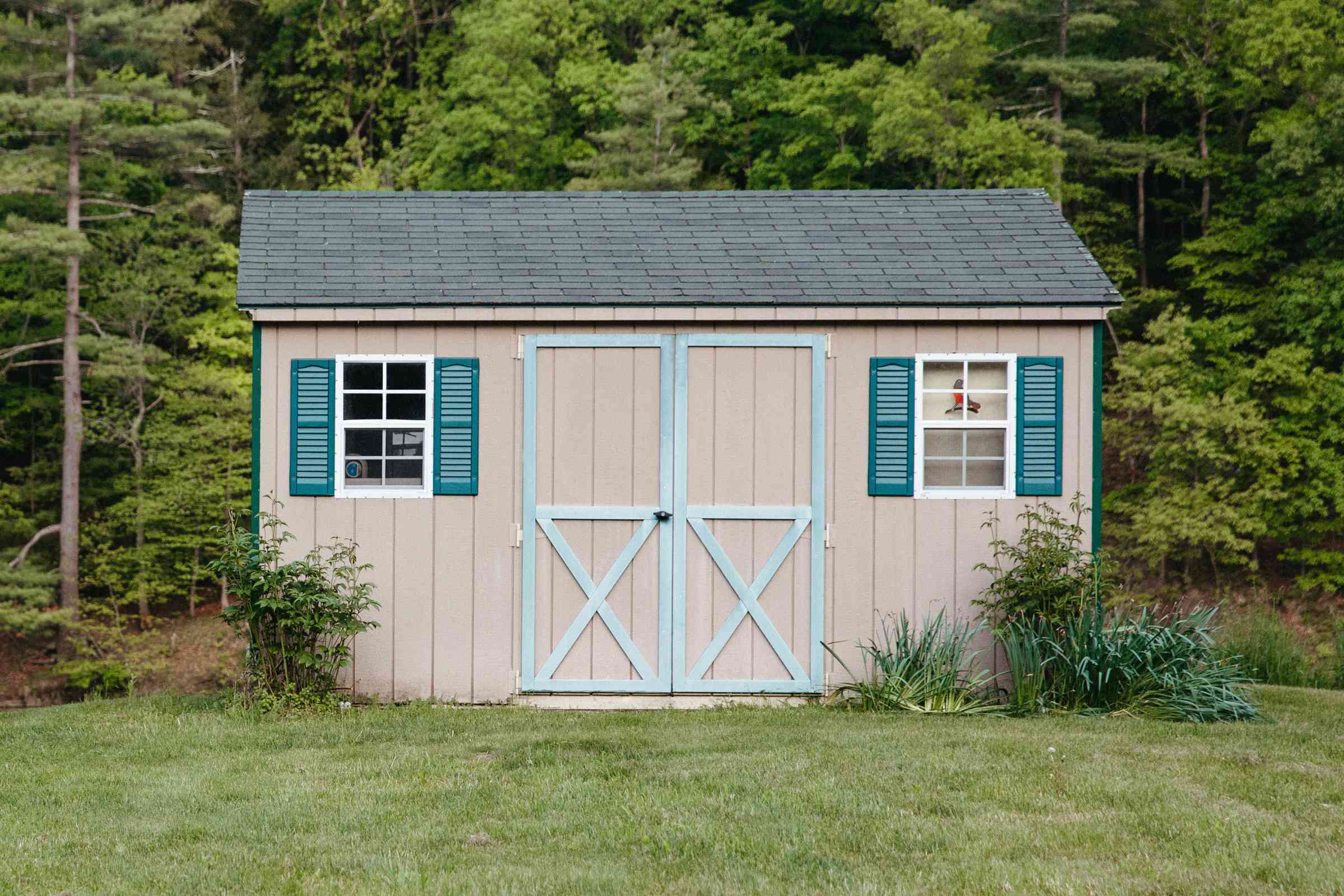
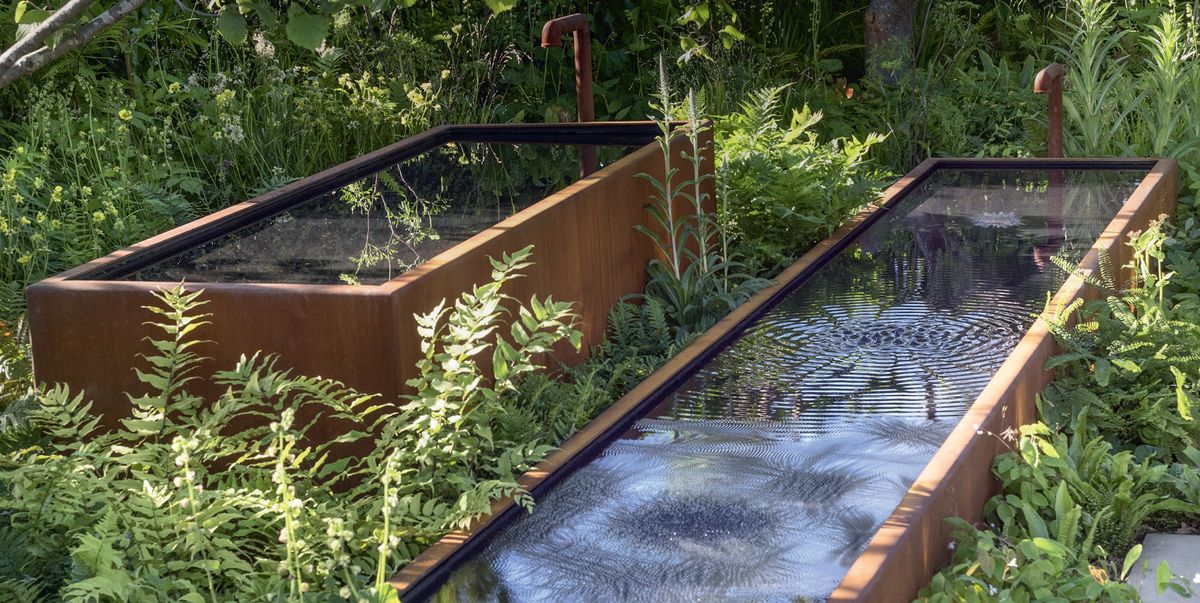
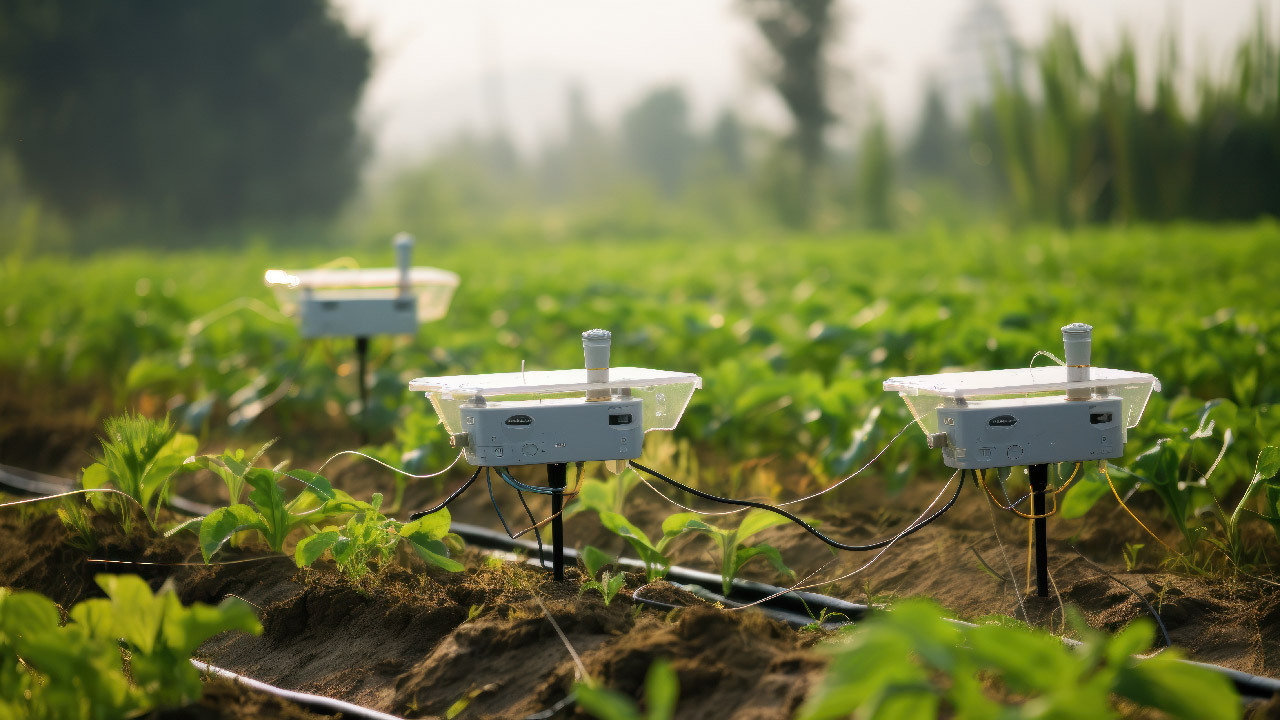
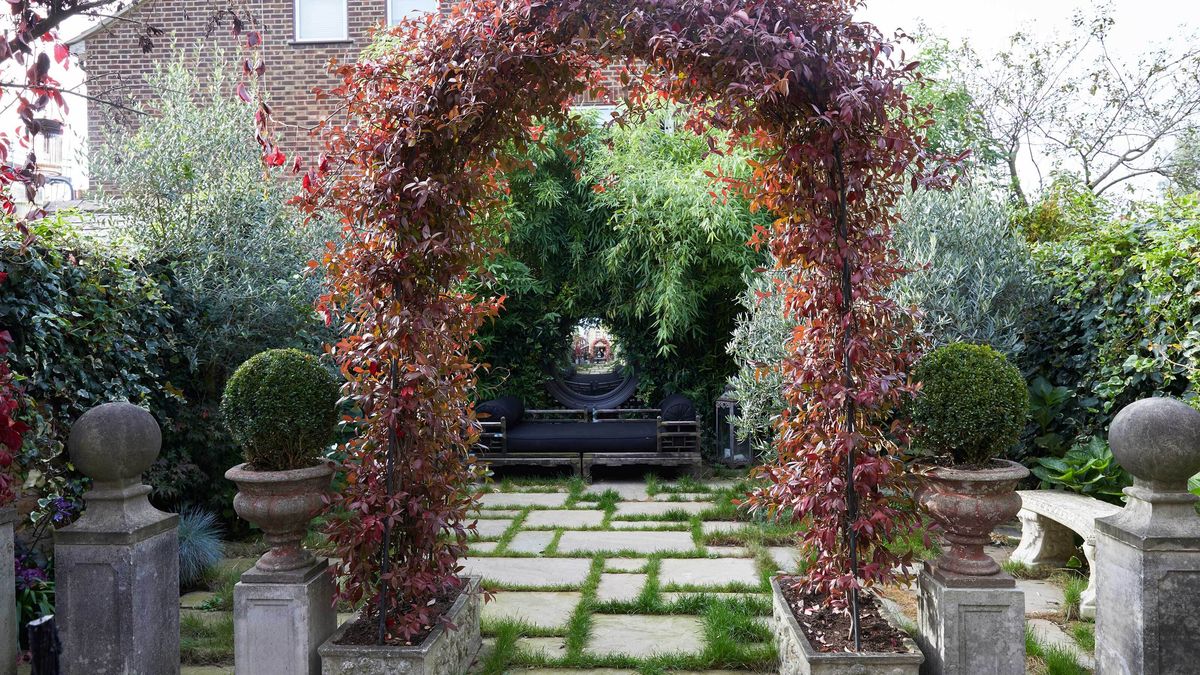
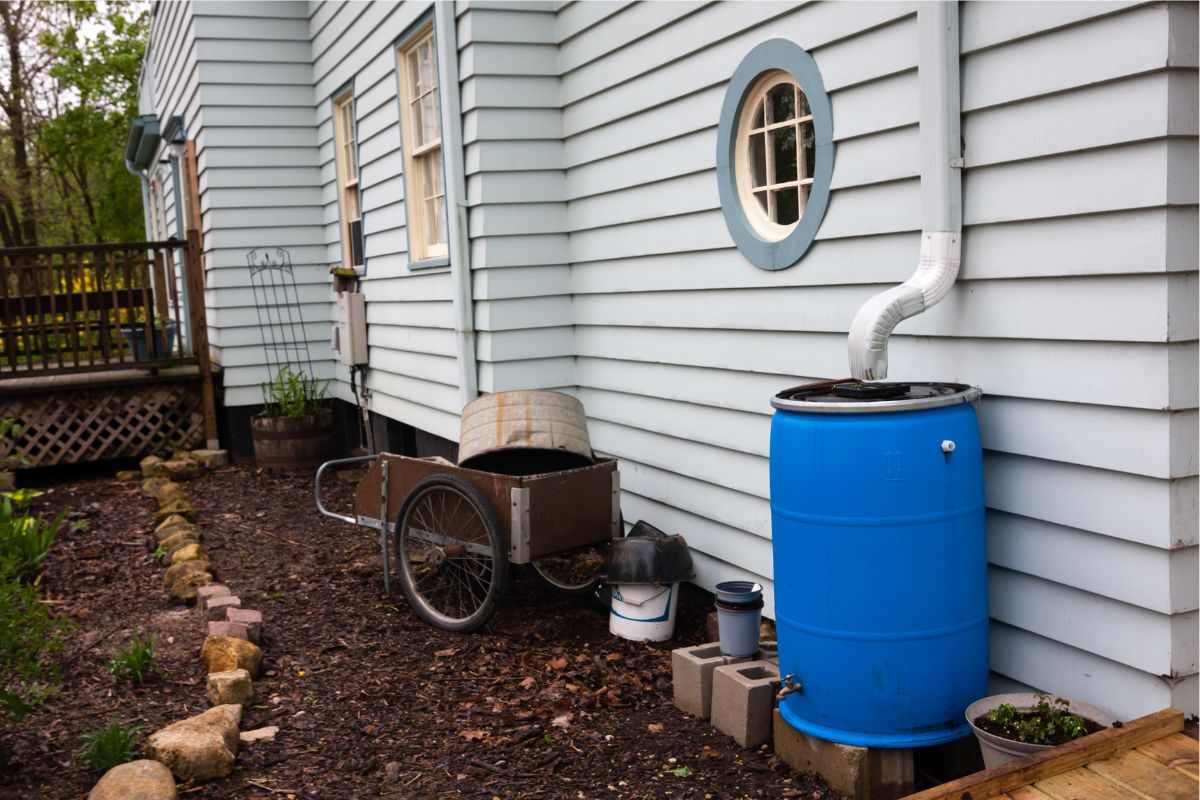
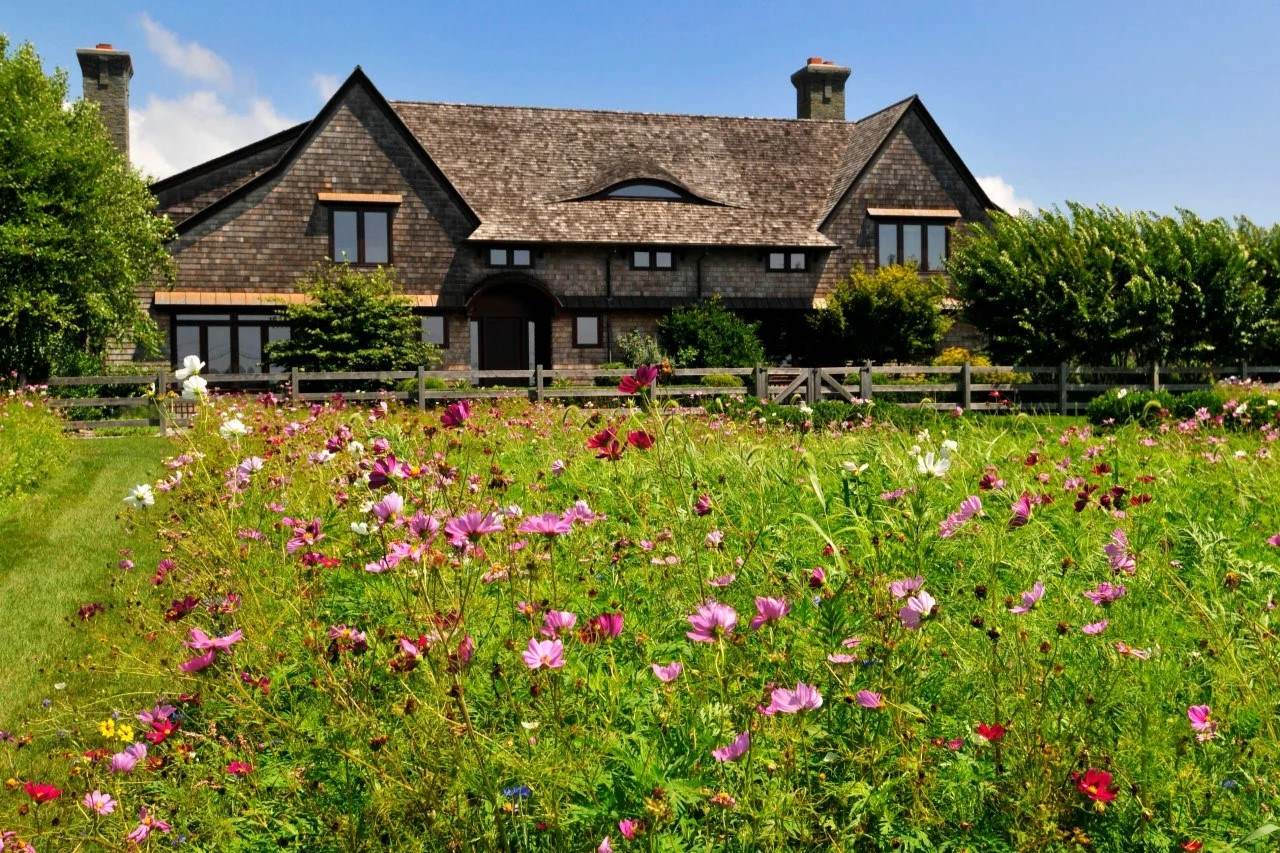
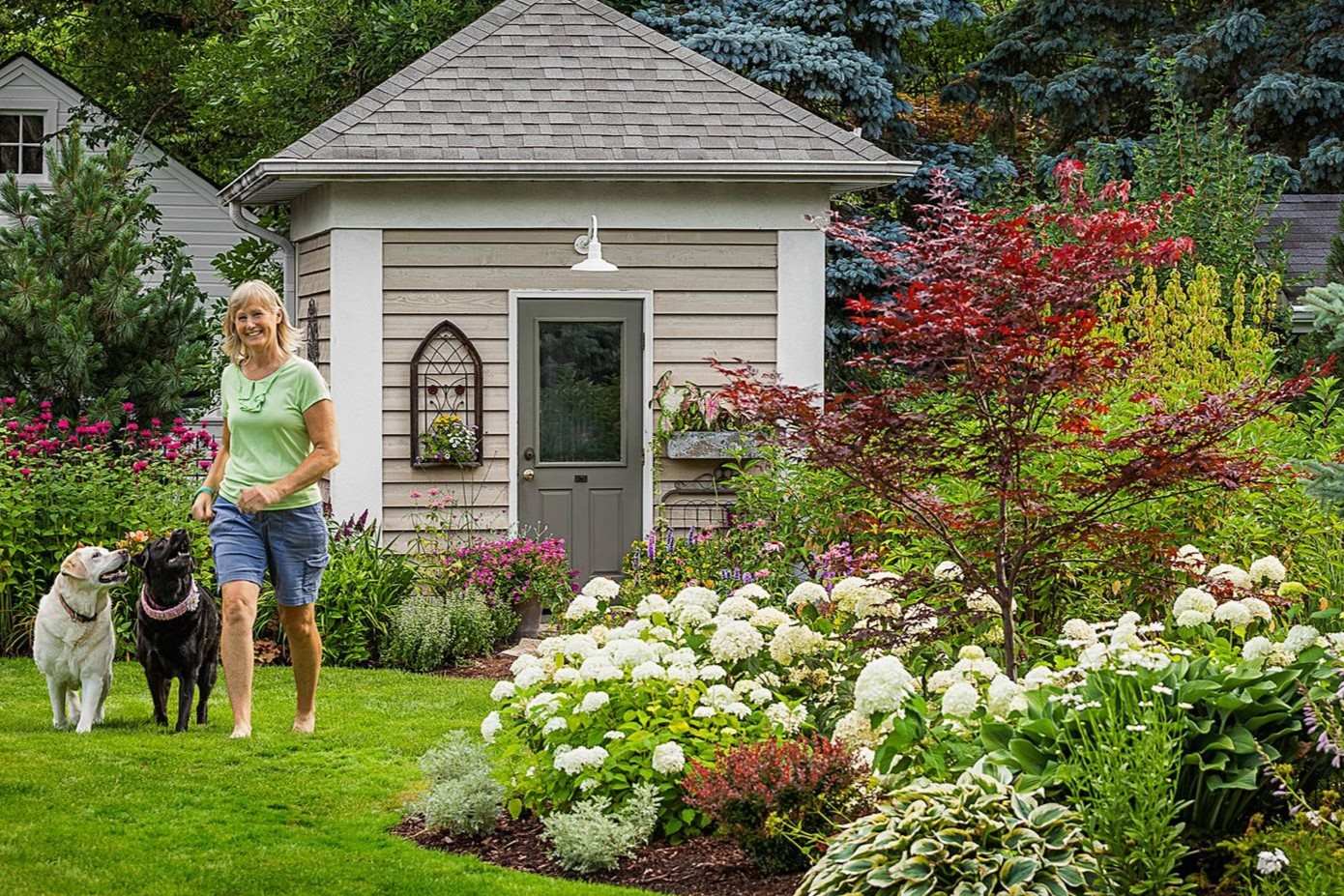
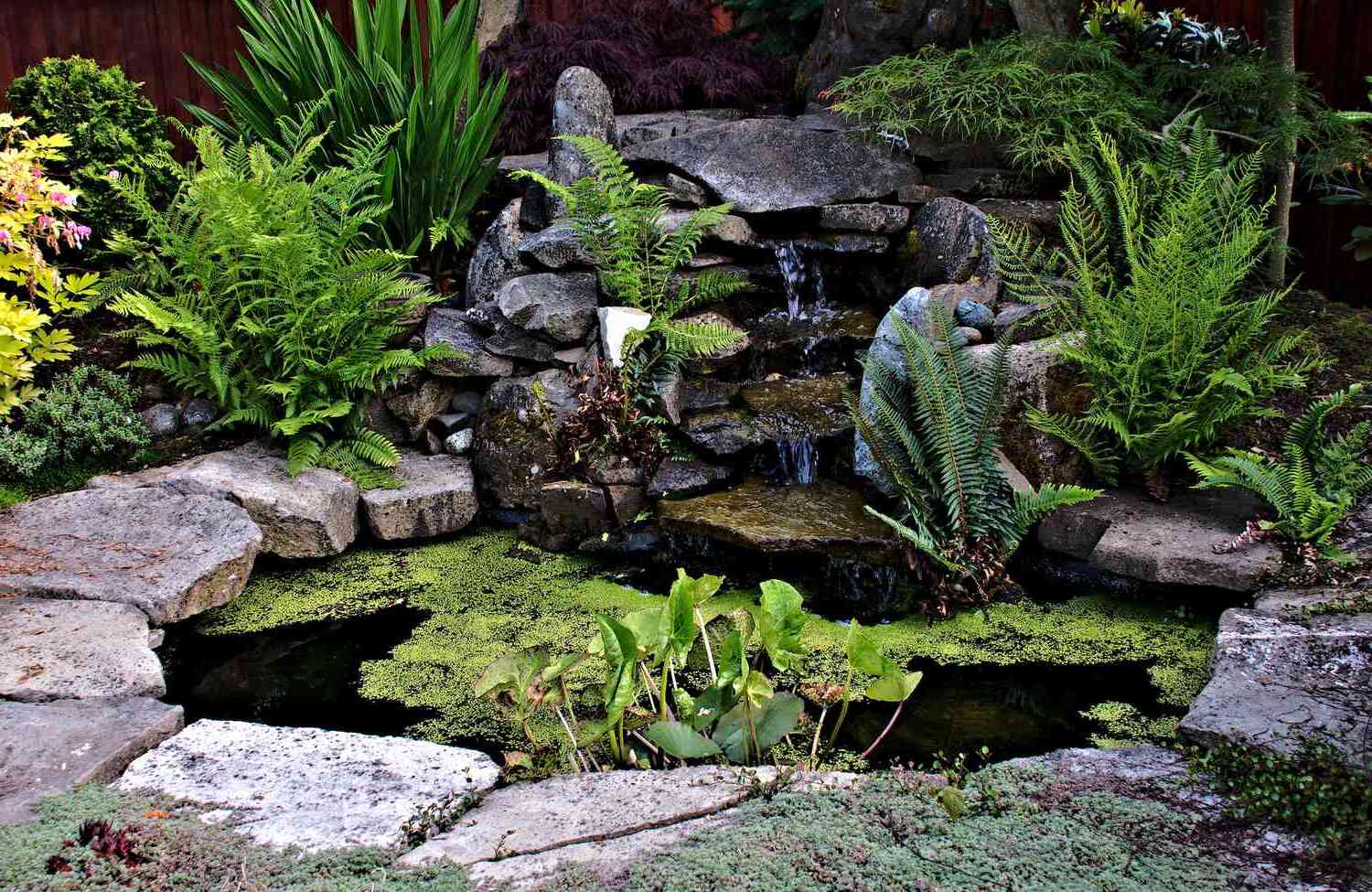
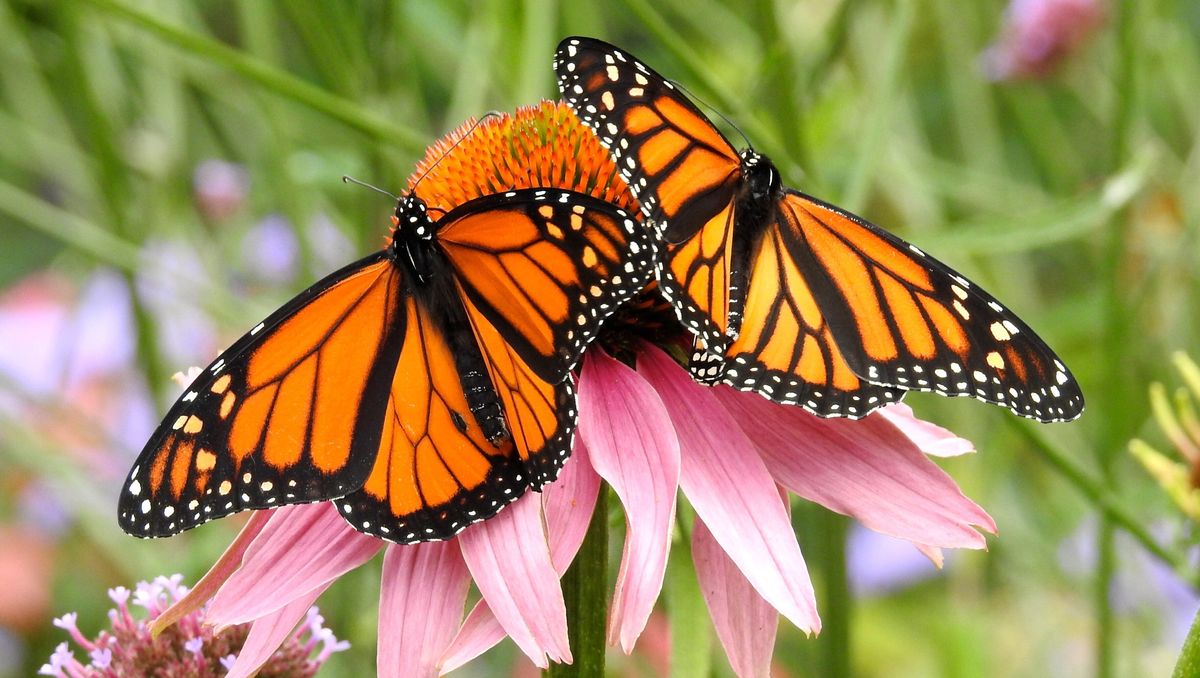

0 thoughts on “Backyard Water Feature Construction for Soothing Garden Additions”